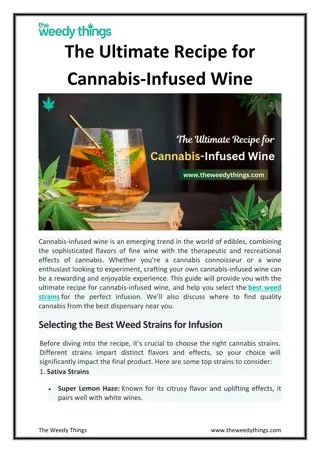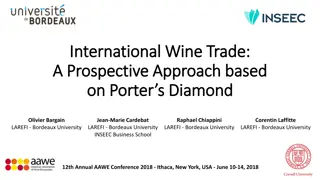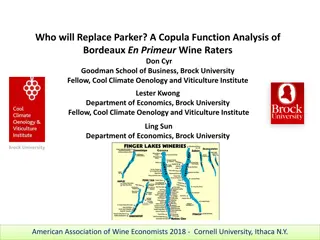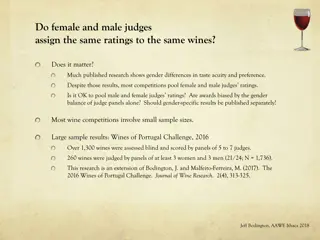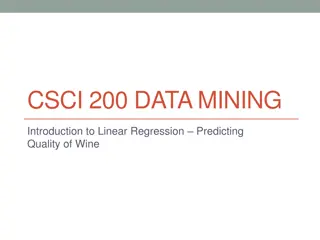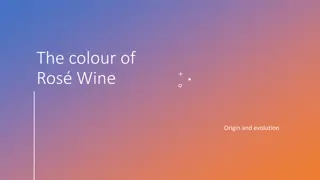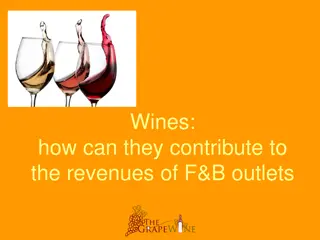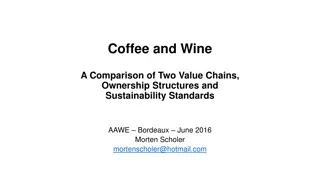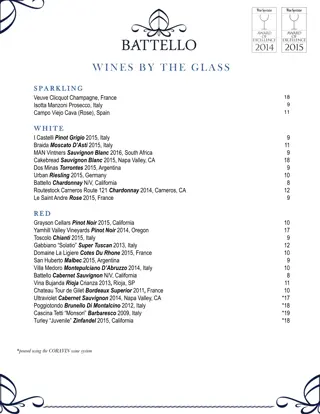
Solving the Wine Cellar Temperature Fluctuation Problem
Explore the optimal depth for storing wine to minimize temperature fluctuations. Derive solutions for the heat equation and analyze the physical meaning. Case study in Napa, California provides insights. Plotting the analytical solution for better understanding.
Download Presentation

Please find below an Image/Link to download the presentation.
The content on the website is provided AS IS for your information and personal use only. It may not be sold, licensed, or shared on other websites without obtaining consent from the author. If you encounter any issues during the download, it is possible that the publisher has removed the file from their server.
You are allowed to download the files provided on this website for personal or commercial use, subject to the condition that they are used lawfully. All files are the property of their respective owners.
The content on the website is provided AS IS for your information and personal use only. It may not be sold, licensed, or shared on other websites without obtaining consent from the author.
E N D
Presentation Transcript
The Wine Cellar Problem Ryley Hill and Dylan Snover
The Problem Wine is best stored in an environment where temperature fluctuations are at a minimum. These temperature fluctuations occur at the surface both diurnally and seasonally. In order to determine the ideal depth at which to build our wine cellar, we must derive a solution to the following PDE.
Daily Temperature Profile Napa, CA Optimal Depth = 0.55 [m] *Fine if you only want to keep your wine for a single day...
Daily Temperature Profile (Annual Cycle Limits) There is a big problem if we only Assume a daily cycle! We shall assume an annual cycle. Fine wines need aging of course.
Annual Temperature Profile Napa, CA Optimal Depth = 9.95 [m]
Work Cited Solving Direct and Inverse Heat Conduction Problems, Taler J. Duda P. https://ocw.mit.edu/courses/mathematics/18-303-linear-partial-differential- equations-fall-2006/lecture-notes/heateqni.pdf http://www.damtp.cam.ac.uk/user/dbs26/1BMethods/Heat.pdf https://www.wiley.com/college/borrelli/pdf/bcprob10.pdf USclimatedata.com




